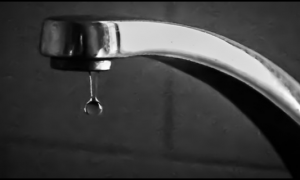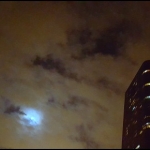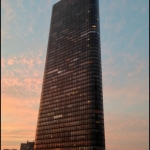Water and AC Outage Explained
September 16, 2022
On Monday around mid-day and through early evening, we unexpectedly experienced a building wide outage of water and AC service.
First, on behalf of all our team we want to thank everyone for their patience and support during this challenging event. It was frustrating for everyone including our staff. We know how it would feel to be without water and AC in our own homes, so we have no doubt this was very difficult for our residents.
Our maintenance team traced the outage to several key pieces of mechanical equipment, all served by a particular electric feed from ComEd. Most importantly the main pumps which pressurize the water coming into the building from the City of Chicago. They suspected a problem in the actual ComEd vault (and those are what the grates in the front sidewalk on Sheridan lead to). It was impossible to know for sure, so ComEd was contacted for emergency service.
About 3 1/2 hours after ComEd was initially contacted (and after several follow up calls) they arrived and found a transformer had blown on their end within the vault. In addition, all of their fuses for the equipment in question were blown. As service came back on line, it was discovered some frequency drives and fixtures serving our equipment were also damaged by the transformer. Fortunately, the necessary contractors for electrical work and pump repairs had been contacted by our staff and were on site and ready to begin following ComEd’s repairs. The necessary work got underway almost immediately.
Once repairs were made our maintenance team started bringing everything back online, which started with the cold water and the main chillers. The domestic water boilers were brought online once water pressure was brought up to normal, and by mid-evening hot water service was restored.
We did get a couple questions about the possibility of installing a generator or power plant of some sort. This is something I’m told was looked into before my tenure, which would be more than 15 years ago.
Probably why this was not considered in the past – based on my experience – I am guessing it was determined not to be feasible or practical. Not just the expense, but the amount of space and logistical engineering such a generator would require and then the complication of installing something requiring gas storage and exhaust vents. The equipment that went down yesterday would require a massive generator, unfortunately not like one we could buy very easily such as home depot or your average electrical supplier. It would probably have to be custom designed by a manufacturer, such as GE.
Also, in the past at locations I’ve seen these installed, getting a permit for such an installation would require the presence of fire sprinklers throughout the building. The City would likely also require us to tie in the elevators or at least the service elevators (as well as other building systems). The key elevator mechanical rooms are on the 56th floor which would create the need for lines to be run from 2P all the way to the roof, which I can only imagine would take almost a miracle to accomplish – new coring would likely be needed on every floor all the way up (not to mention identifying where exactly this would be done).
Also, I believe they have to be tested once a week for an hour which means wherever they vent we would have gas fumes (likely diesel) exiting somewhere on the exterior. There would also be a new fixed expense for the gas and a maintenance contract for upkeep, and the long term replacement most likely every 10 years or so in the Reserve Study.
Although it would be nice to have such a resource for events such as this, once you dig into the details, I believe we would find it is not a feasible endeavor. There are just too many variables from the engineering, manufacturing, construction and likely the expense, that make it impractical. Even before you consider the need to identify a reasonable space for the generator and gas storage, and the astronomical cost of sprinkling a building the size of Park Tower if that would indeed be necessary.
We will certainly brainstorm whether other alternatives are available.








